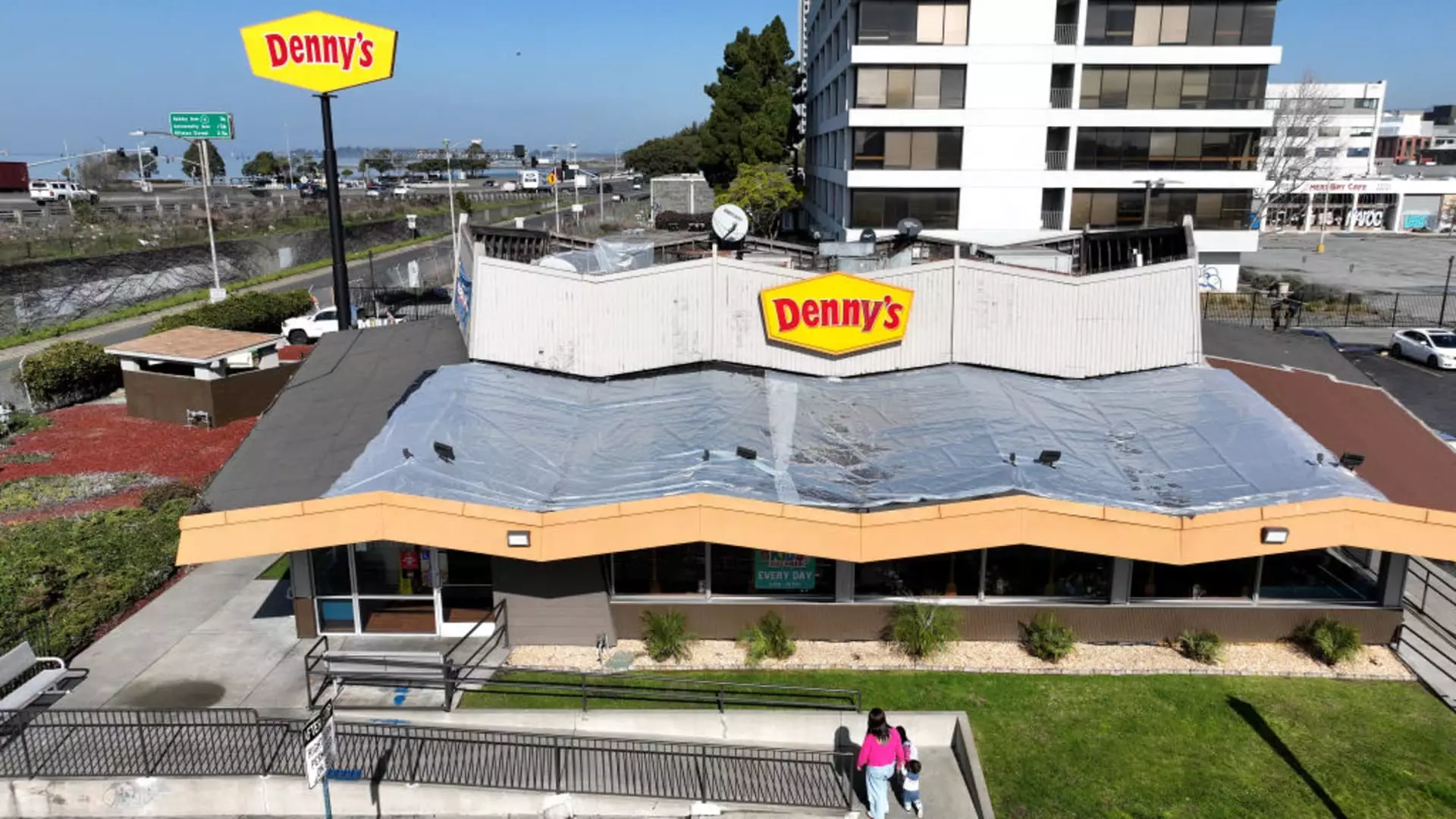The year 2024 has proven to be tumultuous for the restaurant industry, characterized by significant closures and dwindling customer engagement. As inflation rates continued to rise, American consumers became increasingly cautious about their spending, particularly in the realm of dining out. This shift in consumer behavior has forced many restaurant chains to reevaluate their strategies, leading to closures and even bankruptcy declarations. The landscape of casual dining has shifted dramatically, leaving many well-established brands scrambling to adapt.
Data from Black Box Intelligence provides a clear snapshot of the declining trends in restaurant visits across the United States. The first ten months of 2024 saw a notable drop in foot traffic to dining establishments as inflation-conscious consumers began prioritizing value and discounts when they chose to eat out. This shift in spending habits has created a challenging environment for restaurant operators, who are witnessing a substantial decline in sales relative to previous years. The pandemic had already planted seeds of uncertainty in the industry, but the post-pandemic fallout has amplified those challenges, leading to a surge in bankruptcies.
The repercussions of dwindling sales and consumer confidence are stark. In 2024, a staggering 26 restaurant companies filed for Chapter 11 bankruptcy protection, representing nearly triple the number of filings in 2020 at the height of the pandemic. This statistic underscores the severity of the industry’s struggles, particularly as it contends with the aftermath of both health and economic crises. Restaurant chains that once enjoyed robust customer bases now find themselves grappling with crippling debts and dwindling revenues. Notably, the casual dining sector appears to be the most acutely affected, which is alarming considering its historical significance in American dining culture.
The closures can be traced back to broader consumer preferences that have shifted towards fast-casual dining alternatives. Brands like Chipotle and Sweetgreen have carved out loyal followings through their commitments to quality and convenience, drawing diners away from traditional casual dining establishments. This trend has been particularly detrimental for chains like Applebee’s and Denny’s, which have reported a steady decline in same-store sales amidst a backdrop of closures.
For instance, Applebee’s, under the management of its parent company Dine Brands, is shutting down between 25 and 35 locations as it struggles with plummeting sales that have seen a decline for six consecutive quarters. Similarly, Denny’s is closing underperforming restaurants while attempting to focus on improving overall sales from its remaining locations. By targeting locations with annual volumes deemed insufficient, the company hopes to streamline operations and make strategic reallocations that propose promising futures.
As some chains close their doors, others are pivoting in a bid to revitalize their business models. Fast-casual chain Noodles & Co. is one such example, conducting a comprehensive review of its operations, which includes closing 20 underperforming locations while revamping its menu to better align with market demands. They have come to recognize that adapting to consumer tastes is essential for survival. This lateral thinking showcases how certain companies are willing to evolve, even as others succumb to closures.
Moreover, Bloomin’ Brands, the parent of Outback Steakhouse among others, has proactively shuttered 41 locations in 2024, recognizing the need to assess the financial viability of older establishments. Bloomin’s closures reflect a broader strategy of optimizing performance rather than simply scaling back. The choices made by these companies demonstrate a critical need for conscious decision-making in the face of adversity.
As 2024 progresses, the overall outlook for the restaurant industry remains precarious. While some companies are managing to adapt and thrive amidst adversity, many others continue facing dire circumstances. The critical lesson for restaurateurs is the importance of agility and responsiveness to shifting consumer behavior.
Considering the rise in inflation and a potential economic downturn, brands must embrace creativity in marketing, explore new menu offerings, and find ways to enhance customer experience while maintaining cost efficiency. The resurgence of casual dining may very well depend on how adeptly these establishments can navigate the intricate web of challenges posed by both consumer expectations and economic realities.
The restaurant industry is at a significant crossroads—one that requires urgent action and adaptation for survival. Whether through closures, rejuvenated strategies, or targeted customer engagements, the road ahead is paved with challenges that require innovative responses to thrive in an increasingly competitive environment.

